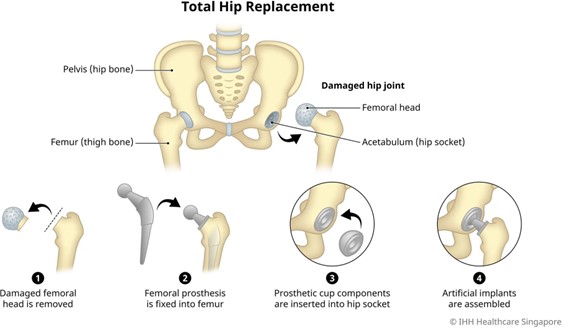The practical nurse (PN) is assisting the recreational director of a long-term care facility in planning outdoor activities for wheelchair-bound older residents who are mentally alert. Which activity should the PN suggest that meets the physical and social needs of these residents?
A picnic in the park.
An outdoor concert.
An outdoor game of balloon volleyball.
A tea party in the courtyard.
The Correct Answer is C
The activity that the PN should suggest to meet the physical and social needs of wheelchair-bound older residents who are mentally alert is an outdoor game of balloon
volleyball. It promotes physical activity, coordination, and social interaction among the residents. It allows them to engage with each other, participate in a fun and inclusive game, and enjoy the outdoor environment. Balloon volleyball can be adapted to accommodate individuals with varying abilities and provide an enjoyable and stimulating experience for wheelchair-bound residents who are mentally alert.
A. A picnic in the park: While a picnic in the park can be enjoyable, it may pose challenges for wheelchair-bound individuals in terms of accessibility and maneuverability. It might limit their participation and engagement in the activity.
B. An outdoor concert: While an outdoor concert can be entertaining, it may not actively engage wheelchair-bound residents. They may be limited in their ability to fully participate and interact with others during the concert.
D. A tea party in the courtyard: While a tea party can be a pleasant social activity, it may not provide the desired physical engagement for wheelchair-bound residents. They may require activities that involve more movement and physical participation.
Nursing Test Bank
Naxlex Comprehensive Predictor Exams
Related Questions
Correct Answer is B
Explanation
After a hip arthroplasty with prosthesis placement, it is important to follow specific precautions to protect the surgical site and prevent dislocation of the hip joint. One common precaution is to avoid excessive internal rotation, adduction, and f

The other observations mentioned in the scenario are correct and demonstrate appropriate knowledge of the turning procedure:
A. Placing an abduction pillow between the client's legs helps maintain proper alignment and prevents adduction of the legs, which can cause hip dislocation.
C. Keeping the back straight and knees bent when moving the client promotes proper body mechanics and reduces the risk of injury to the UAPs.
D. Using a turning sheet under the client for turning and repositioning helps reduce friction and shearing forces, making the process safer and more comfortable for the client.
Correct Answer is D
Explanation
Regular insulin is the medication of choice for treating DKA. Its main action is to lower blood glucose levels by promoting the uptake of glucose into cells and inhibiting the production of glucose by the liver. Therefore, checking the fingerstick blood glucose level is an important indicator of the effectiveness of the insulin treatment.
A decrease in the blood glucose level indicates that the insulin is working to lower the high blood sugar associated with DKA. This measurement helps the PN assess the response to treatment and adjust the insulin dosage if necessary.
The other actions mentioned are also important assessments in the care of a client with DKA, but they do not specifically evaluate the effectiveness of the insulin dosage:
A. Smelling the client's breath for resolution of a fruity odor is important as it indicates a decrease in ketone production, which is a marker of improving DKA. However, it does not directly evaluate the effectiveness of the insulin dosage.
B. Determining the client's orientation to time and space is part of assessing their neurological status, which is crucial in managing DKA. However, it does not specifically assess the effectiveness of the insulin dosage.
C. Measuring the client's urinary output for an increased volume is important to monitor hydration status and renal function, but it does not directly evaluate the effectiveness of the insulin dosage.
Whether you are a student looking to ace your exams or a practicing nurse seeking to enhance your expertise , our nursing education contents will empower you with the confidence and competence to make a difference in the lives of patients and become a respected leader in the healthcare field.
Visit Naxlex, invest in your future and unlock endless possibilities with our unparalleled nursing education contents today
Report Wrong Answer on the Current Question
Do you disagree with the answer? If yes, what is your expected answer? Explain.
Kindly be descriptive with the issue you are facing.
